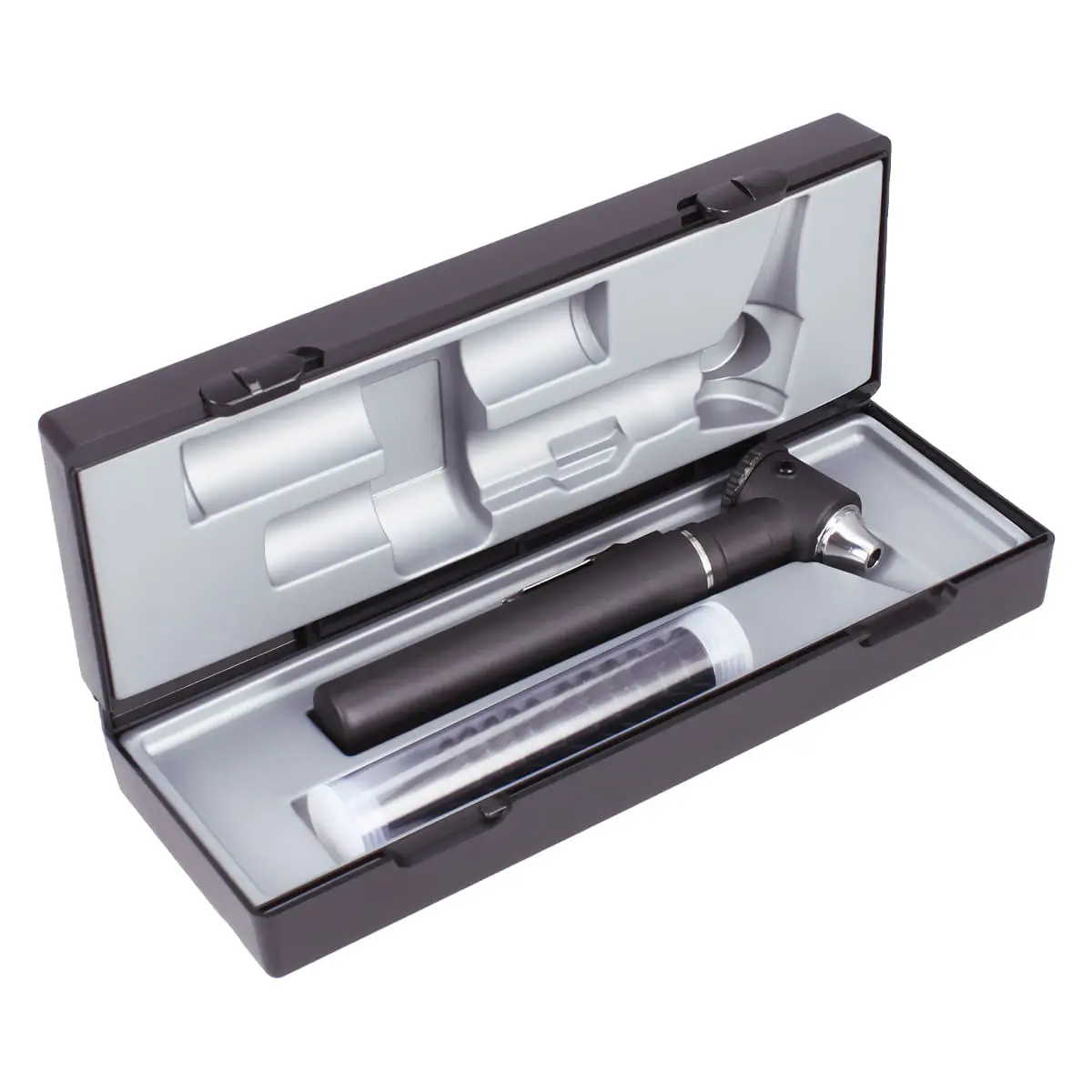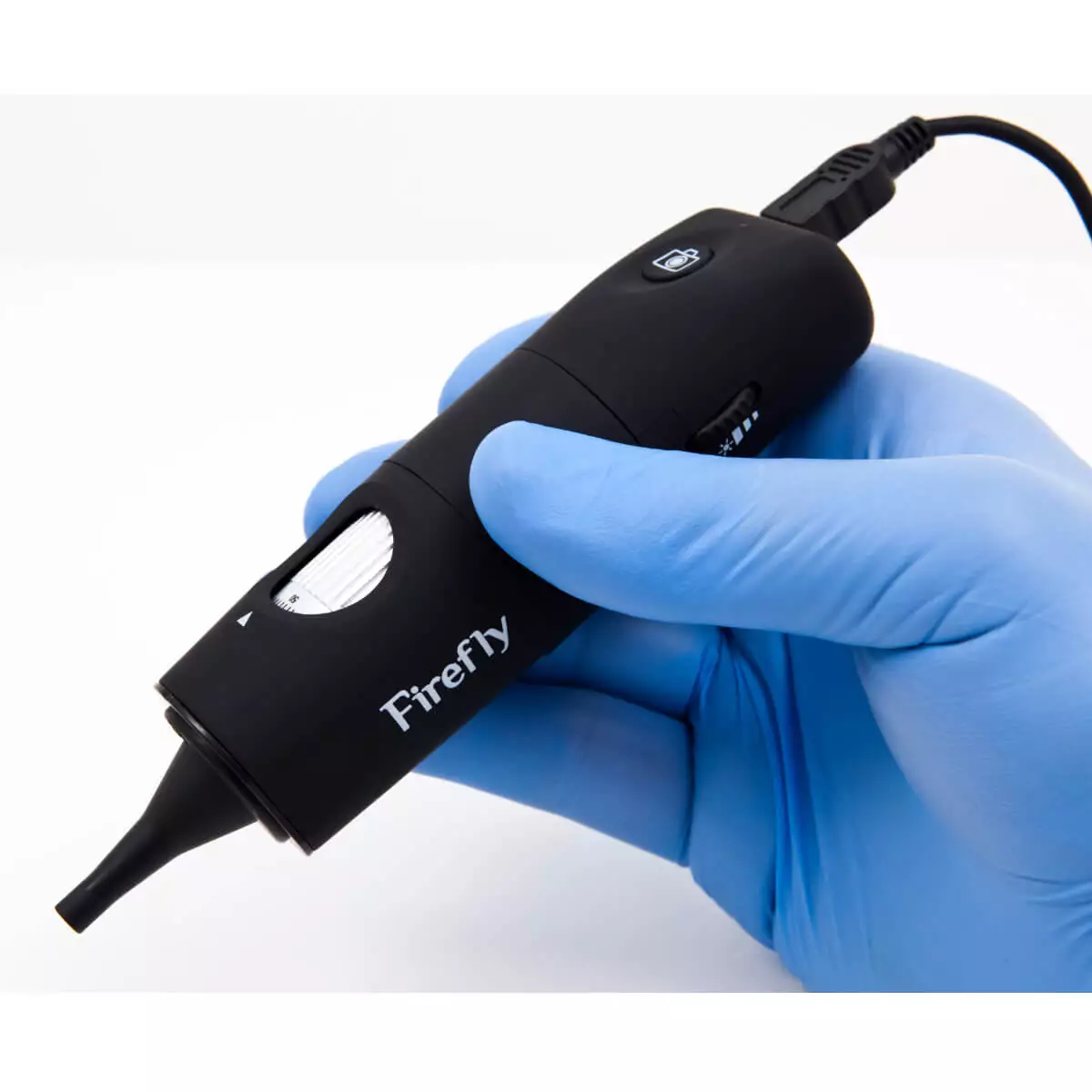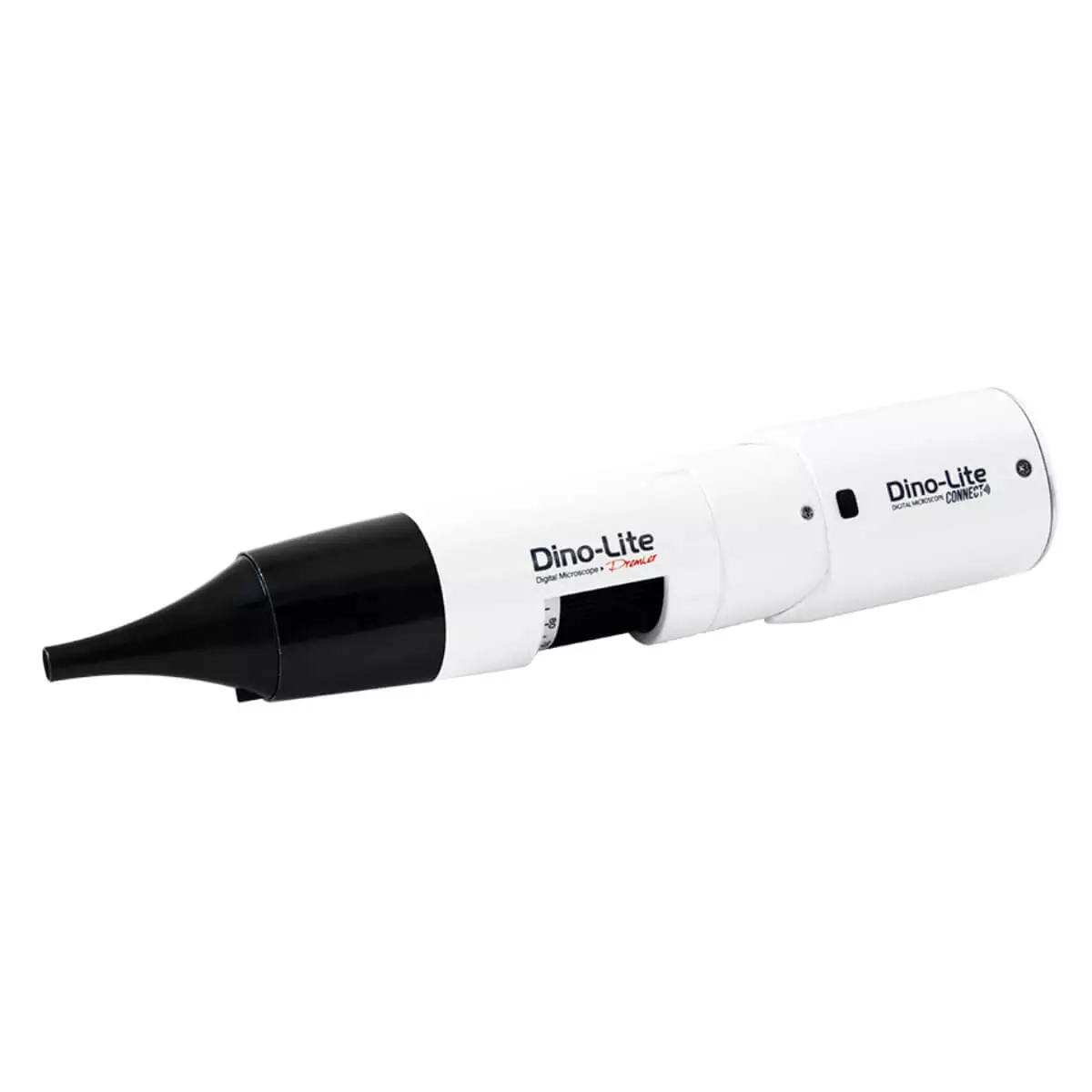
140 years of expertise

4,8/5 stars (> 860 reviews)

Fast delivery
Otoscopes
Pocket instrument with excellent light output
Average rating of 5 out of 5 stars
The Otoscope – ENT diagnostic instrument
With an otoscope, a patient’s ear canal and eardrum can be quickly and precisely examined. It is part of an ENT doctor’s and hearing aid acoustician’s basic equipment, but a good otoscope is also indispensable for general practitioners, in paediatrics or in a hospital.
Which otoscope is right for me?
In order to find the right device for your needs, we will show you some of the differences between otoscopes and tell you what you should look for when buying one.
The illumination
We distinguish between otoscope illumination with a light bulb and illumination with fibre optics (F.O.):
- The light bulb is used in most otoscopes and is widely used. It is mounted in the headpiece and provides solid illumination of the ear.
- If you choose an otoscope with fibre optic technology, you can illuminate your patient’s ear canal and eardrum without shadows and have an unrestricted view. This is because you do not use a light bulb, but a bright illuminant. In the case of many manufacturers you can choose the type of illumination yourself.
With the popular HEINE mini 3000 otoscope, for example, you can choose between direct and indirect (F.O.) illumination, as well as XHL and energy-saving LED.
The handling
You should also pay attention to the handling and durability of an otoscope. Ask yourself: “What do I need?” Many models impress with their low weight, pocket size, retaining clip and ergonomic shape. This takes the strain off your daily work and makes the examination particularly pleasant for you and your patients.
The HEINE mini 3000, for example, also offers an automatic switch-off in the pocket and a high-quality handle housing made of chrome and refined plastic. This makes the otoscope non-slip, impact-resistant and robust, and it has a long service life.
The option of video recording
In addition to the widely used classic otoscope, there are now also digital models. Among other things, they can be connected to a computer, have a zoom function and allow the otoscopy to be recorded and saved. This means that the examination can not only be followed live by the patient, but can also be viewed by the doctor afterwards.
Otoscopes for paediatric use
In principle, conventional otoscopes can be used for small patients. Only the ear funnel must be adapted to the child’s anatomy (tapered). Special children’s otoscopes in playful designs are also available.
Looked for, found, cared for – Tips for the hygiene of your otoscope
When diagnosing with the help of an otoscope, it is important to maintain the necessary hygiene. This not only contributes to the longest possible life of your otoscope, but also protects patients. The most hygienic way to work is to use otoscope funnels. A distinction is made between disposable funnels and permanent ones (reusable funnels). While disposable funnels – as the name suggests – are intended for single use, continuous-use funnels can be used several times, but require disinfection after each patient contact.
Otoscopes in top quality at prices that are easy on the wallet
In the DocCheck Shop you will find a huge selection of otoscopes from various well-known manufacturers such as HEINE, KaWE or Riester. You can also find all manufacturers and brand products here in the DochCheck Shop – and at low prices.
As soon as you have found and ordered the diagnostic instrument of your choice, your online order will be shipped as quickly as possible – whether to your hospital, surgery, ward or to your home. Shipping to a DHL packing station is also possible without problems.





